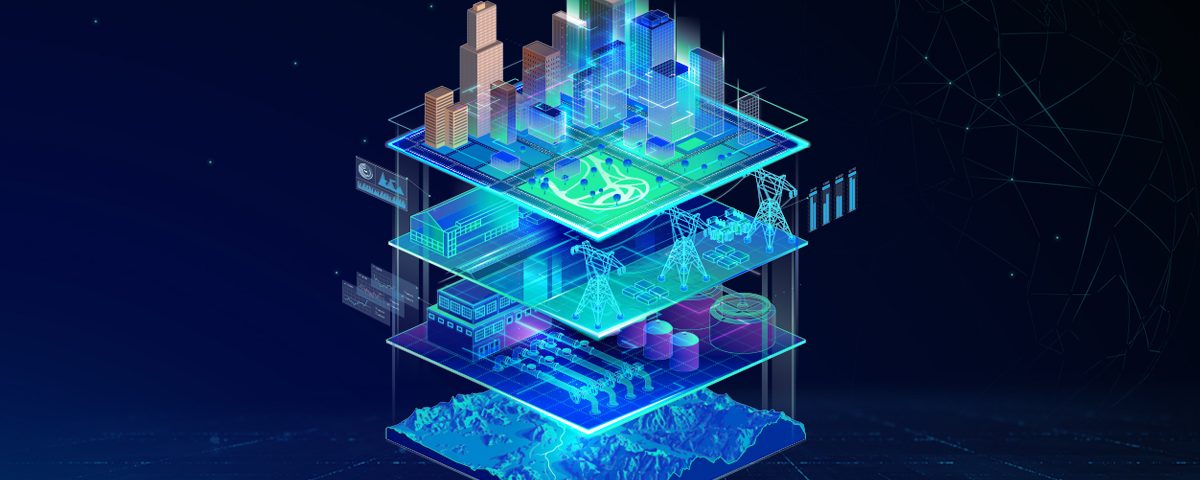Doing business

“Bentley Systems”, a billionaire infrastructure engineering software developer, is promoting digital twin technology and actively investing in the development of products and services in this area.
A digital twin is a three-dimensional visualization of an object, a copy of it that is constantly updated with real-time data, making it “alive” and interactive. Such systems have millimeter accuracy, geospatial alignment, and support for complex 3D engineering schemes, and consist of real data from unmanned aerial surveys from drones, satellites, photos, and videos. Gemini also collects the necessary information using mobile sensors that record temperature fluctuations, wind speed, air humidity, carbon emissions, etc.
Eliminating the harmful effects of sudden floods, monitoring pollution in cities, repair work, testing storm sewers, and even managing the health of trees in the urban landscape – all this and much more is available thanks to the twins.
Just imagine being able to model the real world, which is affected by climate change and many other factors, and then generate simulations of various events in a virtual model to find appropriate solutions. This means finding weaknesses in existing or planned infrastructure systems and communications online, testing their resilience, and eventually reducing risks to almost zero.
Engineers can use real-time data and artificial intelligence to model a “journey into the future” and see the results of design decisions, events, methods, and material choices that affect infrastructure. Thus, the economic and environmental benefits of using digital twins for infrastructure are endless.
The most progressive countries in the world and their institutions and organizations are already successfully using this technology.
Scientists at the National Climatic Data Center of the National Oceanic and Atmospheric Administration (NOAA) use historical rainfall data from digital twins to virtually test the operation of existing stormwater systems. They also model the storm and study the impact it will have on the infrastructure.
The high-speed rail network in the United Kingdom is a prime example of how digital twins of infrastructure have enabled engineers to model the impact of a rail system on carbon emissions at the construction stage, optimize the project, make it low-carbon, and get on track to meet the emissions requirements set by the United Nations’ Zero Emissions Initiative.
In 2021, the New York State Department of Transportation (NYSDOT) used a twin during a condition assessment and replacement of the East 138th Street Bridge in New York City’s Bronx neighborhood. Implementing the project in such a congested traffic area required complex structural design and coordination, using the digital twin as the primary “construction document.” After that, the twins began to be continually updated and used as a tool for bridge management and inspection.
And this is not the only application of such innovative solutions – you can consider production development scenarios and options to improve line productivity, as Ford has done. You can make a smart twin for a city of more than 26 million people, like Shanghai.
There are many options as the needs of our world continue to grow and change. And major digital twin development companies and organizations like Lenze, Virtual City Systems and Ukraine’s Everscan and Pixelated Realities are already working successfully with countries, cities and businesses. This technology really stands a good chance of helping humanity create a clean and safe infrastructure for the future.
More interesting news about innovation and investment in the world can be found on Telegram, Facebook and the official website of the Agency.